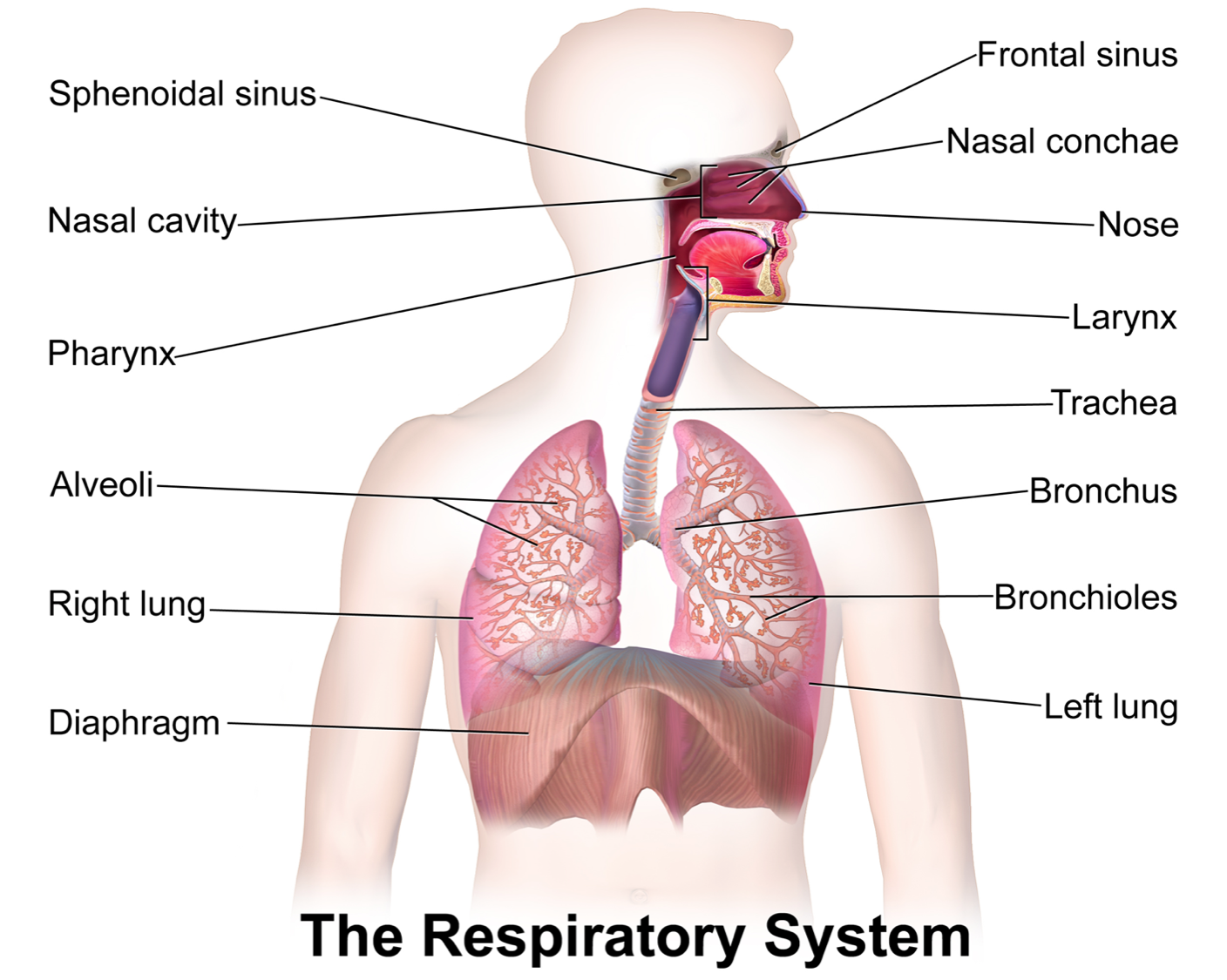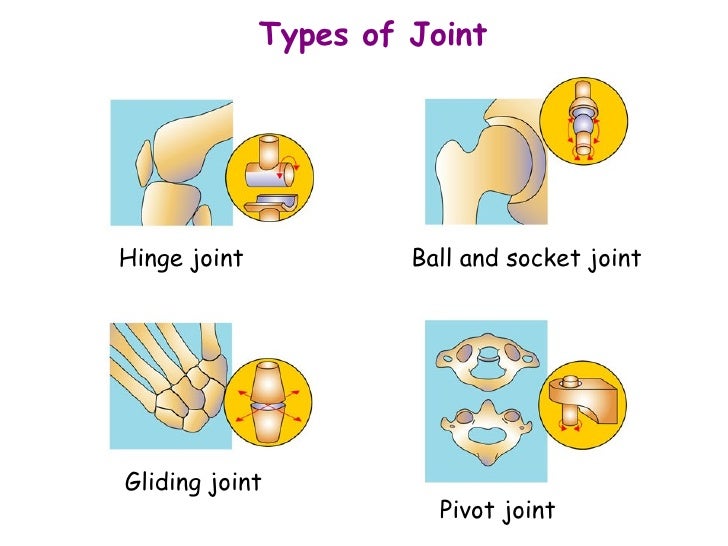
The muscular system helps with all daily movements: relaxing, contracting, and providing the force for movement. We have voluntary and involuntary muscles. Voluntary are the ones we control, but involuntary we cannot control consciously. Muscles always pull, and when one muscle of a pair contracts, the other relaxes. Students will NOT have to name any specific muscles.

The skeletal system includes all the bones in our body and has five major functions:
- give shape and support body
- protect organs
- help major muscles move
- form blood cells in the marrow
- store calcium and phosphorus
Joints are a very important part of the skeletal system. A joint is shere two or more bones come together. There are two kinds of joints: immovable and movable. The immovable joints are the ones in your skull and pelvis because they don't move. There are 4 kinds of movable joints: ball-and-socket, gliding, hinge, and pivot. A pivot joint is when one bone rotates in a ring of another bone that doesn't move, like turning your head. A ball-and-socket joint consists of a bone with a rounded end that fits into a cavity in another bone, like your shoulders and hips. A hinge joint has a back and forth movement like a door hinge. An example of this is the knee, it only moves one way. The last joint is a gliding joint. These joints allow one bone to slide over another, like in your wrists, ankles, and vertebrae.







